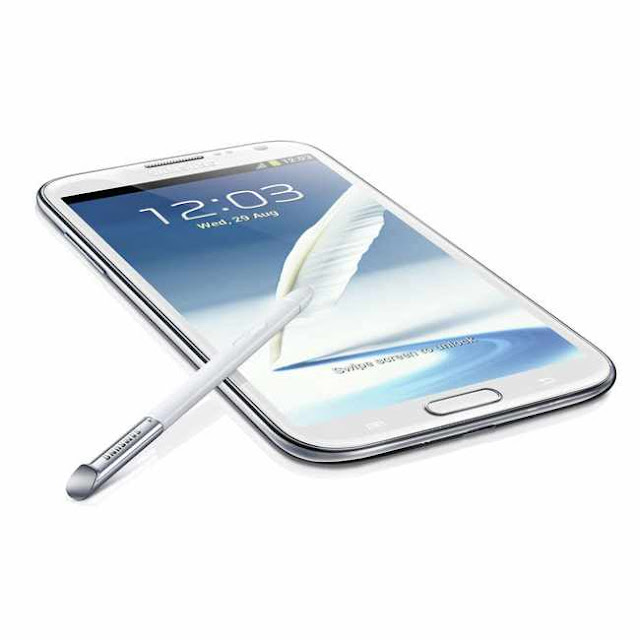
Sony has been long rumored to plan the release of an Xperia handset featuring the codename of Odin, and a photo that has been allegedly taken with the device has recently emerged on Picasa.
The handset sports the model number of C6503, and the EXIF data of said photo mentions this model number, Sony as manufacturer and firmware 10.1.A.0.174_61_a008 loaded on the phone, Ameblo.jp reports. The phone is expected to hit shelves with a Qualcomm APQ8064 Snapdragon quad-core processor inside, a 5-inch Full HD touchscreen display, and a powerful camera on the back (although the aforementioned photo does not prove that).
Odin should arrive next year with Android Jelly Bean on board, accompanied by two other quad-core smartphones...



 11/19/2012 07:54:00 PM
11/19/2012 07:54:00 PM
 dannzfay
dannzfay





















